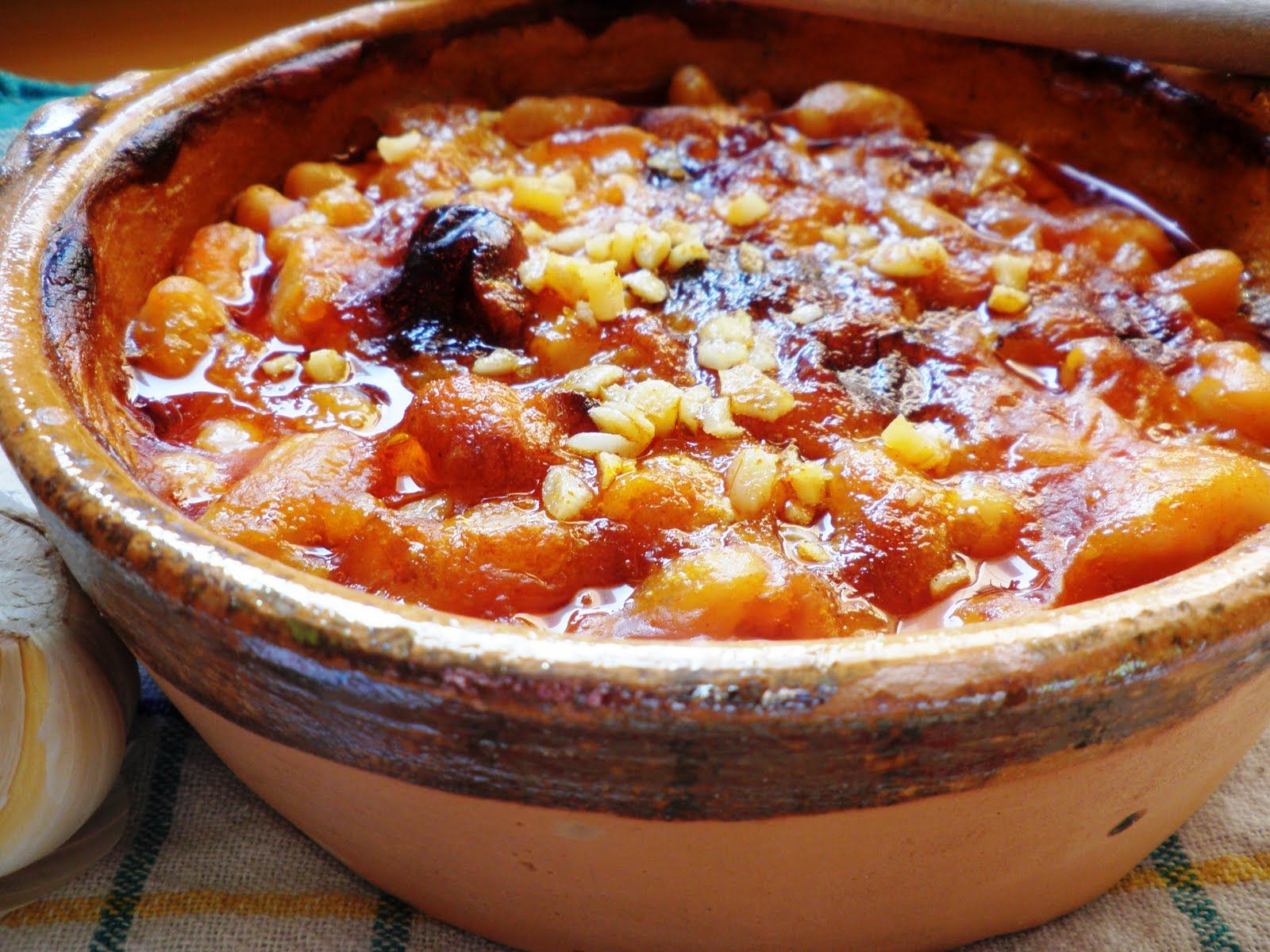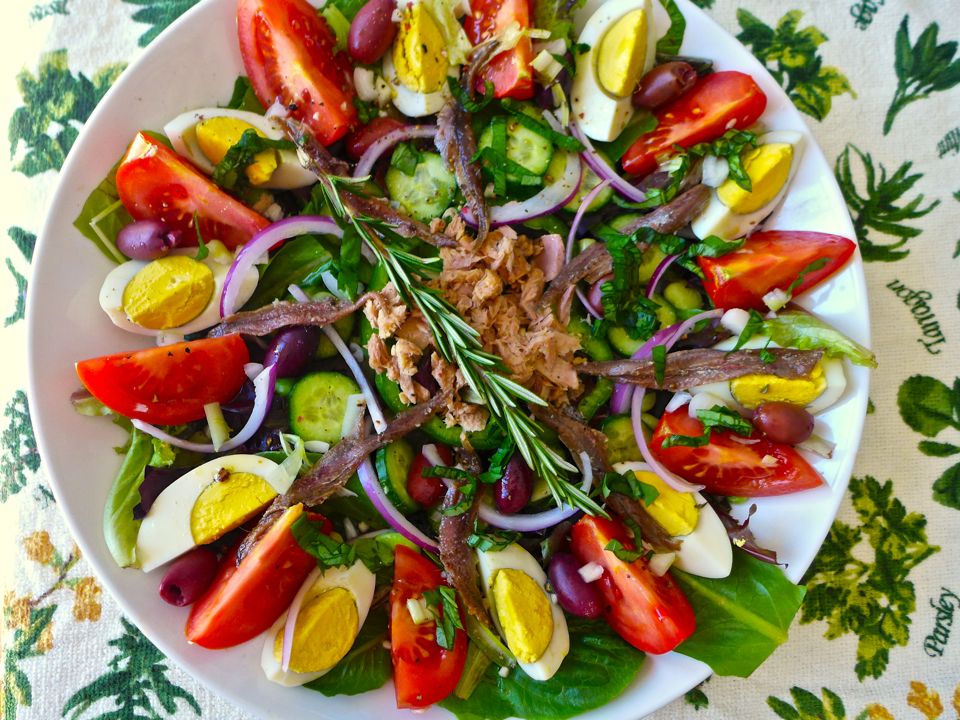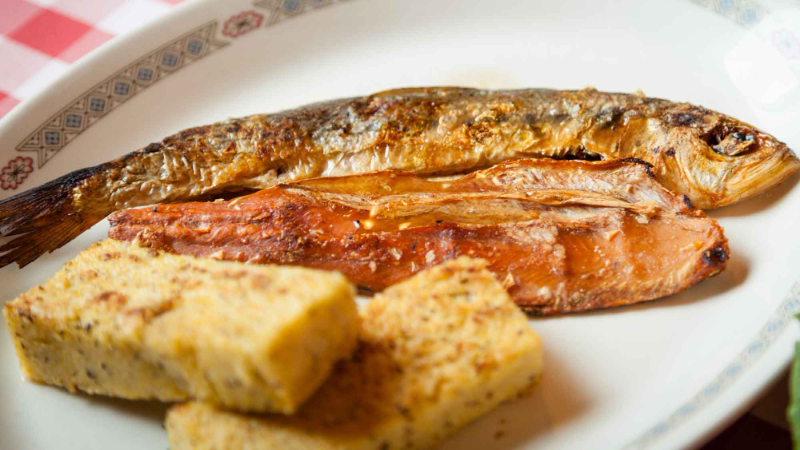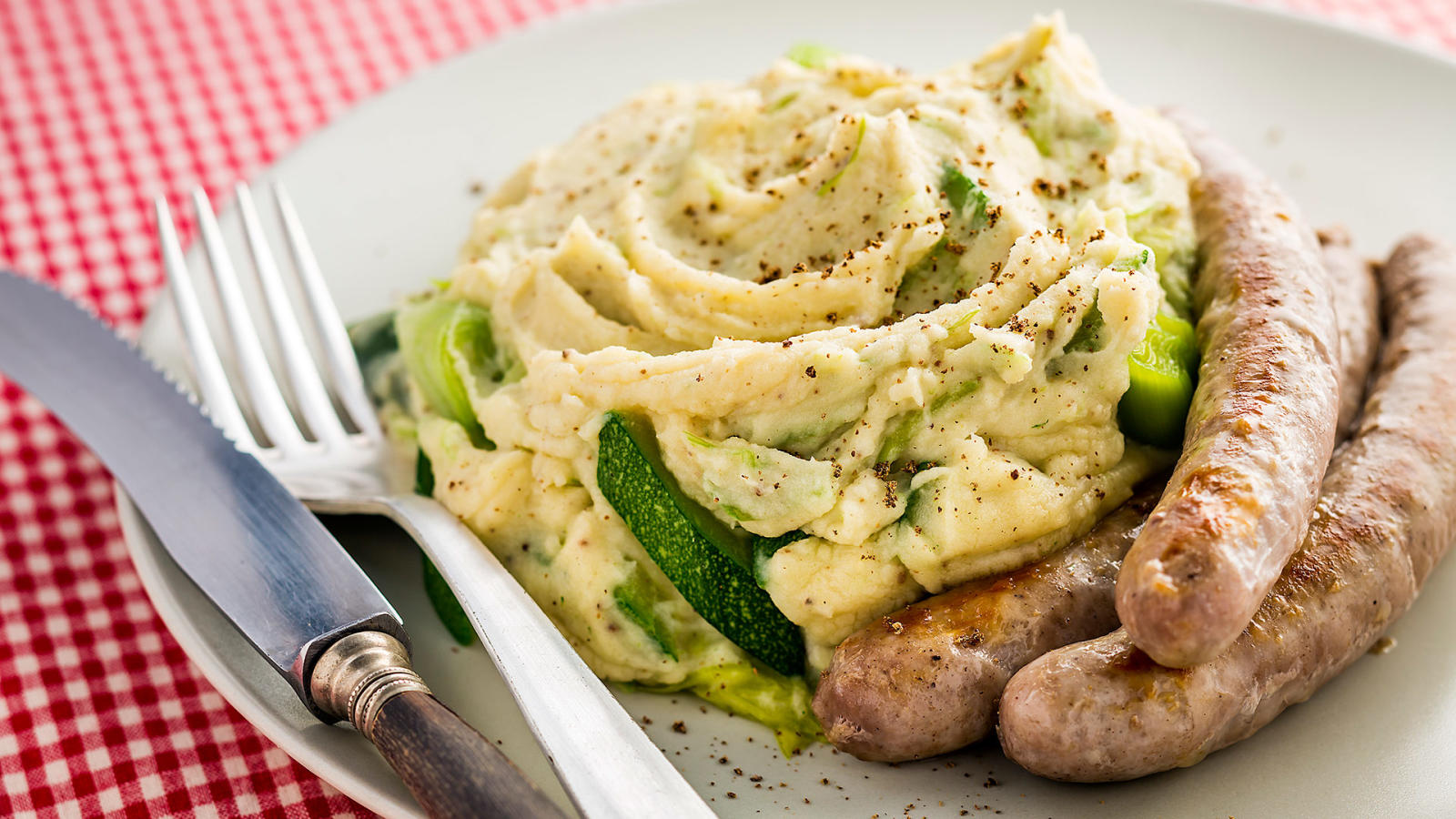The diatribe over the name of this dish (arancini in Catania and arancine in Palermo) has been going on for centuries. Even the Palermo historian Gaetano Basile wanted to comment on it. According to Basile, in fact, the name of this recipe would derive from the morphological similarity of the tasty rice balls with oranges, also a symbol of Sicilian cuisine. For this reason, says the historian, there is no doubt in saying that the real name of this dish is arancine.
And indeed, the similarity between the arancini and the juicy fruit are obvious. However, Basile’s demonstration does not seem sufficient. At least according to the Association of the Two Sicilies, which, taking a Sicilian-Italian dictionary as its source, claims:
"After so many years of struggle over etymology, history seems to agree with the Catanese: in fact, even in Palermo, during the Kingdom of the Two Sicilies, it was said ‘arancinu.’ It is likely that in western Sicily the term has been mispronounced over the years, which would not have happened in the Catania area. In fact, this is how it appears from the discovery of a Sicilian dictionary from 1857, by Giuseppe Biundi from Palermo."
The ‘arancino, in fact, originated in the period of Saracen domination in Sicily, when during banquets there was the custom of arranging a rich tray of rice flavored with saffron and topped with vegetables and meat in the center of the table.
The first version of the arancino, then, is that of a simple rice timbale, to be eaten plain and without the tomato, which, at that time, was still to be imported from the Americas.
On the other hand, the idea of giving this delicious recipe a crunchy note and the classic round shape comes from a practical need: in fact, it seems that King Frederick II loved this dish so much that he wanted to take it with him on hunting trips. It was at this point that the fragrant breading of the arancino was born, ideal for making that delicious rice timbale transportable.













